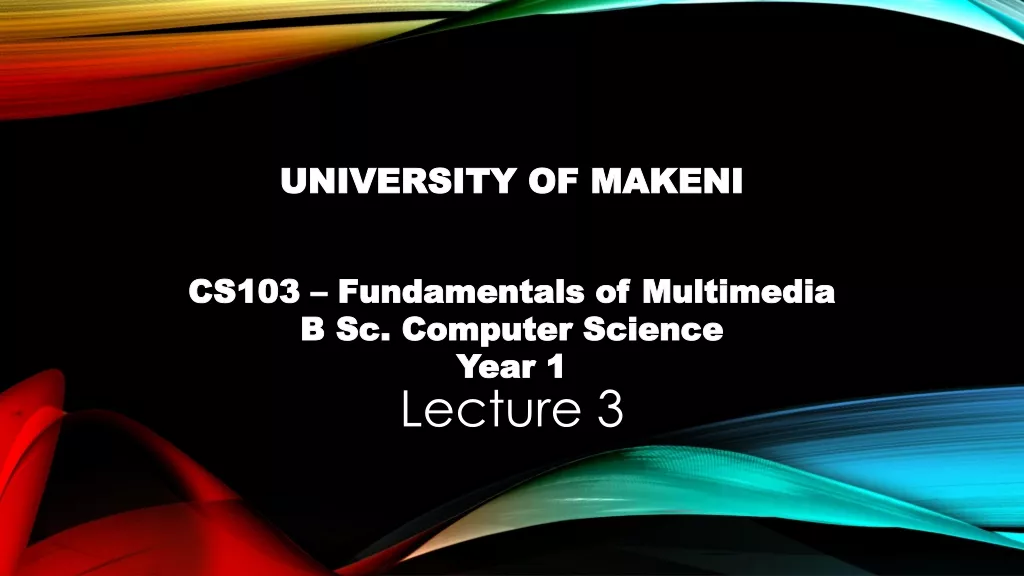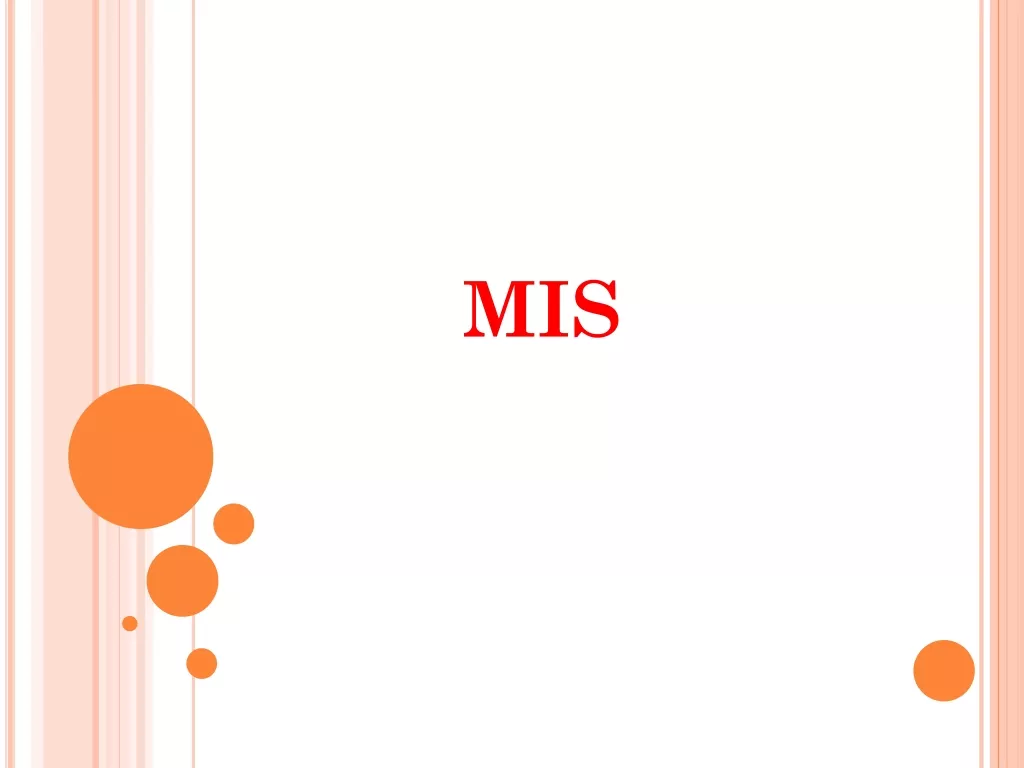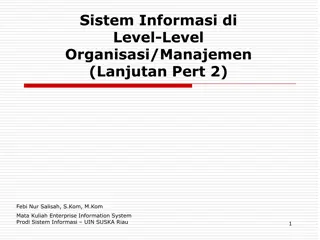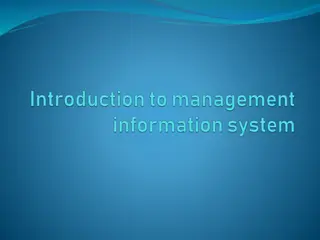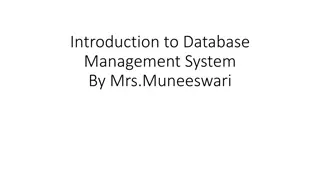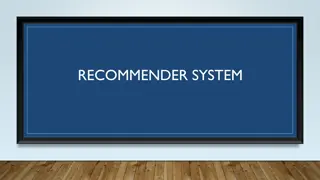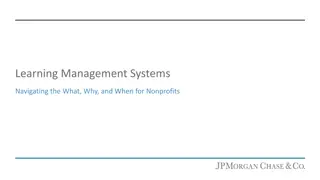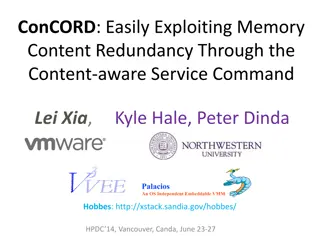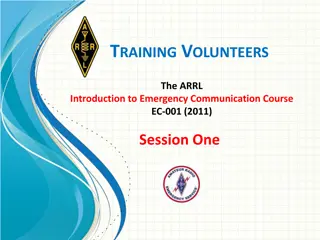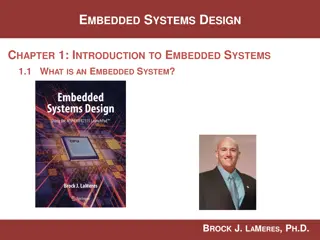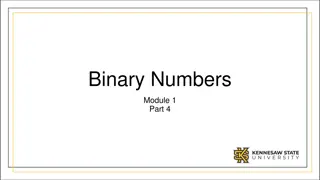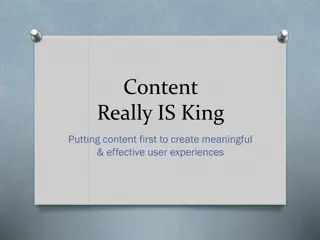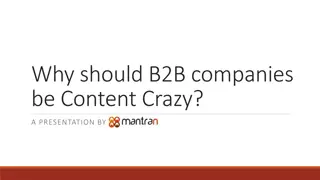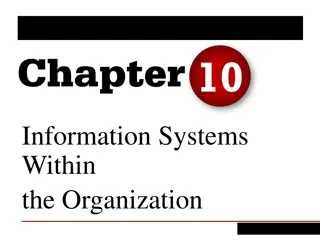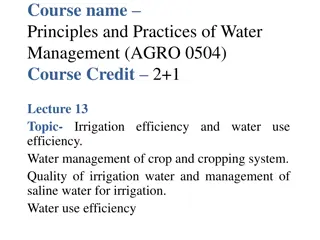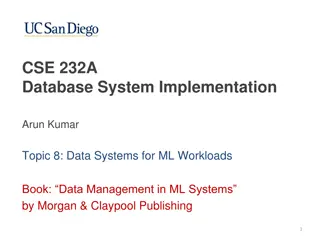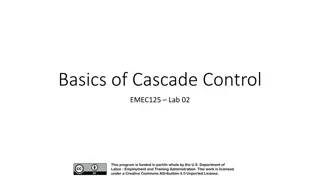Content Management Systems
Content Management Systems (CMS) are computer applications that enable easy publishing, editing, and management of content on websites. They help in organizing, maintaining, and updating content efficiently from a centralized interface. With features like web-based publishing, revision control, and content separation, CMSs have become essential tools for running modern websites. CMS comprises elements like Content Management Application (CMA) and Content Delivery Application (CDA) that simplify content creation and updating processes. Web CMS offers user-friendly website authoring tools for users with limited programming knowledge, utilizing content repositories and template engines for content management and presentation. The capabilities of a CMS include automated templates, access control, collaboration, scalable expansion, and multilingual support. Advantages of using CMS include low cost, easy customization, user-friendliness, workflow management, and improved search engine optimization.
Download Presentation

Please find below an Image/Link to download the presentation.
The content on the website is provided AS IS for your information and personal use only. It may not be sold, licensed, or shared on other websites without obtaining consent from the author.If you encounter any issues during the download, it is possible that the publisher has removed the file from their server.
You are allowed to download the files provided on this website for personal or commercial use, subject to the condition that they are used lawfully. All files are the property of their respective owners.
The content on the website is provided AS IS for your information and personal use only. It may not be sold, licensed, or shared on other websites without obtaining consent from the author.
E N D
Presentation Transcript
Content Management Systems - an introduction.
Content Management System A content management system is a computer application that allows publishing, editing and modifying content, organizing, deleting as well as maintenance from a central interface. CMSs have been available since the late 1990s. CMSs are often used to run websites containing blogs, news, and shopping. Typically aim to avoid the need for hand coding.
Main features of a CMS CMS features vary widely. Most CMS s include the following. Web-based publishing, Format management, Revision control (version control), Indexing, search, and retrieval. Some content management systems also support the separation of content and presentation.
Content and Presentation The content management system (CMS) has two elements: Content management application (CMA) is the front-end user interface that allows a user, even with limited expertise, to add, modify and remove content from a Web site without the intervention of a Webmaster. Content delivery application information and updates the Web site. (CDA) compiles that
Web CMS A software system that provides website authoring, collaboration, and administration tools. Designed to allow users with little knowledge of web programming to create and manage website content with relative ease. Uses a content repository or a database to store page content, metadata, and other information assets. Has a presentation layer (template engine) to display the content to website visitors based on a set of templates. Uses server side caching to improve performance.
Capabilities of a CMS Automated templates Access control Scalable expansion Easily editable content Scalable feature sets Web standards upgrades Collaboration
Capabilities of a CMS Delegation Document management Workflow management Content virtualization Content syndication Multilingual Versioning
Advantages Low cost Easy customization Easy to use Workflow management Good For Search Engine Optimization
Disadvantages Cost of implementations Cost of maintenance Latency issues Tool mixing Security
Some Popular CMS WordPress was the most popular content management system before 2014. Textpattern is one of the first open source CMS. Joomla! is a popular content management system. Drupal is the third most used CMS and originated before WordPress and Joomla. ExpressionEngine is in the top 5 most used CMSs. It is a commercial CMS MediaWiki powers Wikipedia and related projects. Magnolia CMS. Cascade Server is popular among universities and enterprise scale organizations. eXo Platform Open Source Social CMS. Liferay Open Source Portal WCMS.






